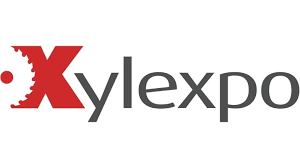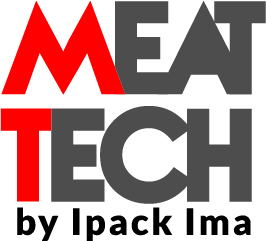TheInternet of Things (IoT) has become the norm in the automotive industry: almost 80% of cars today are connected. Among other things, this enables the use of advanced, personalized functions such as interactive navigation systems or driving assistants.
However, the new technology not only brings benefits to the product and the end consumer, companies and suppliers also benefit from greater connectivity. Thanks to gas escalation, production and logistics processes can be optimized.
Efficient production is based on operationalsupply rates. Suppliers provide the manufacturing company with a wide range of components, from simple repairs to complete hardware and software. This makes it all the more important to develop a network based on a strategic plan. Cooperation and real-time visibility of the procurement team increase confidence in logistics processes and optimize efficiency.
In this context, supplier return on investment (ROI) is increasingly important for the procurement sector. However, it's not just traditional parameters such as cost that are important: the strategic selection of reliable, recognized suppliers also contributes to customer satisfaction. When a company assesses the risks and profitability of suppliers, for example, with a Kraljic matrix or sample sheets, it builds confidence in the supply chain and, consequently, in its market position.
Transparency through valid data flows and real-time evaluation enable manufacturing companies and suppliers to react quickly to changes in the demand situation. In this way, they can keep costs and resources under control, and adapt to new trends over time.
Manufacturing companies recognize interruptions in the value chain and can react before disruptions caused by external influences. This is made possible, among other things, by the concept of a visual supply chain that can be deployed in the tube and in different locations, for example, in real time. In this way, the parties involved benefit from visibility of current events at all times.
In this respect, it is also advisable to use systems that enable fluid transparency throughout the supply chain. This improves cooperation between manufacturing companies and suppliers, and consequently increases the efficiency of all stages of work. Once transparency has been achieved in these processes, the supply chain can expand.
For example, manufacturing companies can integrate end-customer needs into their planning and develop new service or negotiation models. Thanks to the connection with cloud technology, this kind of process adaptation is possible for all parties involved, in an appropriate form.
Internet collaboration and connectivity tools form an important basis for process optimization. Thanks to these tools, the entire production chain can be managed and the quality of the finished product improved. On the other hand, quality managers can digitize processes, extend types of audit to the whole company, and quickly identify potential problems. The tools collect data continuously, store it in the network and allow access and evaluation of the parties involved. The data collected enables all processes to be analyzed and informed decisions to be made.
collaborative tools and cutting-edge technologies enable the development of global, reliable data collection systems. In addition, they improve the market position of companies thanks to the agility and scalability of the procurement system.
Fuente : Mexico Industry


























